▻ Coravin
In conversation with Greg Lambrecht
Episode Summary:-
Greg Lambrecht is the inventor of Coravin, the wine preservation system which is designed to pour wine without removing the cork, meaning that even though the bottle has been opened, the rest of the wine can be saved in pristine condition for months, or even years. Sarah Kemp talks to Greg about how he came to invent Coravin in the basement of his home, and the extraordinary story of its success – today, over a quarter of a billion glasses have been poured using the system.
““The reality is that the consumption of wine, our habit of our consumption of wine, have all been formed around this arbitrary 750ml of volume.” ”
Wine was not in Greg’s background (his father was seriously diabetic, and it was not part of their life); it was only during his college years, as a medical student, that he became interested in wine, when friends took him up to the Napa Valley. He relates how his very first sip of wine turned him into a wine lover – a Cabernet Sauvignon from Tony Peju’s first vintage, at Peju Winery in Rutherford. “It was the best thing I ever tasted,” he says. His subsequent career, however, was influenced by his grandfather, who told him, “You should work in energy or medicine, we’ll never have enough of either.” He studied Plasma Fusion at MIT, but turned to medicine in 1993. He developed a chemotherapy delivery system that implanted a device underneath the skin of the chest, accessed with a needle. “I got good at making needles that didn’t damage things,” he laughs.
The impetus for developing a wine preservation system came when his wife was pregnant. His love and interest in wine had grown: “I wanted to learn faster, taste side by side… I wasn’t able to drink what I wanted in the quantity I wanted.” He had a machine shop at his home, and started developing devices, and then, having worked in physics, started investigating different gases to help preserve the wine. At the time, he was running two medical companies, but he explains, “I relax through creating,” and developing Coravin was the way he relaxed in those early days.
To begin with, “I did not think it was a product for someone else, I thought it was only me who wanted to drink this way.” Wine-loving friends were intrigued, and asked if it would work on old Bordeaux or Burgundy, and so he started a string of tests with his friends’ wines. They in turn started sending him wine as a thank-you and he thought, “If people are valuing this so much, maybe I should turn it into a company.” He consulted Sandy Block, who was a Master of Wine, and who was hugely positive about the system, so in 2011 he founded the company, and in 2013 launched Coravin, first in the US, the following year in the UK, and then Asia.
Robert Parker’s endorsement (he declared that “this is the best thing since the glass”) propelled sales, and today Coravin is on sale in 60 countries. The percentage of sales to wine consumers versus the wine trade varies depends on the culture of the region and the length of time Coravin has been in the market. For example, in the US 90% are bought by consumers, whereas in the UK it is 50% wine trade (restaurants and distributors). It is practically all trade in China at the moment, but Greg believes this will evolve over time.
He was asked at the launch of Coravin if it worked on sparkling wine. It didn’t, so Greg went to work to invent a sparkling-wine preservation system, which was launched in 2021 after seven years of development. Customer need is important for him in giving the impetus for new creations. When he visited The Stunned Mullet, a restaurant in Port Macquarie, Australia, which, despite its name, is very serious about wine, the owner told him that he needed a system which would work on every closure, pour in five seconds and be unbreakable by his wait staff. On the plane back from Australia, he started to design Pivot, another new addition to the Coravin family, aiming to fulfil that objective. The biggest obstacle he has encountered? Changing our behaviour. “The reality is that the consumption of wine, our habits of our consumption of wine, have all been formed around this arbitrary 750ml volume,” he says. The most receptive market has been Australia (“no rules”), the hardest Bordeaux, though he singles out Veronique Sanders of Château Haut-Bailly as a great champion of Coravin.
His future plans? Perfecting the systems we have, but he declares he is still frustrated by the arbitrary 750ml size. “I’d love to find a way to expand the way wine is sold, small volumes of wine, smaller formats…. Allowing consumers to taste before committing to a full bottle.” In the end, this inventor still declares that he wants to be part of the dynamic that creates “a greater opportunity to explore this magical beverage”.
Running Order:-
-
0.00 – 12.00
“I wasn’t able to drink what I wanted in the quantity I wanted.”
– How Coravin works to preserve wine.
– Introduction to wine in the Napa Valley.
– Greg’s interest in wine evolves.
– Career in energy and medicine.
– How developing a device for chemotherapy sparked the idea.
– Frustration at the 750ml bottle.
– Greg develops protypes of Coravin in his basement at home. -
12.01 – 33.22
“The reality is that the consumption of wine, our habit of our consumption of wine, have all been formed around this arbitrary 750ml of volume.”
– How friends helped test the prototypes of Coravin.
– Meeting Sandy Block MW, who tested Coravin on red Burgundy.
– Launching the company.
– Robert Parker’s endorsement.
– How sales are split between consumers and trade in different markets.
– Coravin’s new innovations, sparkling and Pivot.
– Australia embraces Coravin while Bordeaux is the toughest market.
– Biggest challenge, future plans – changing behaviour patterns.
RELATED POSTS
Keep up with our adventures in wine
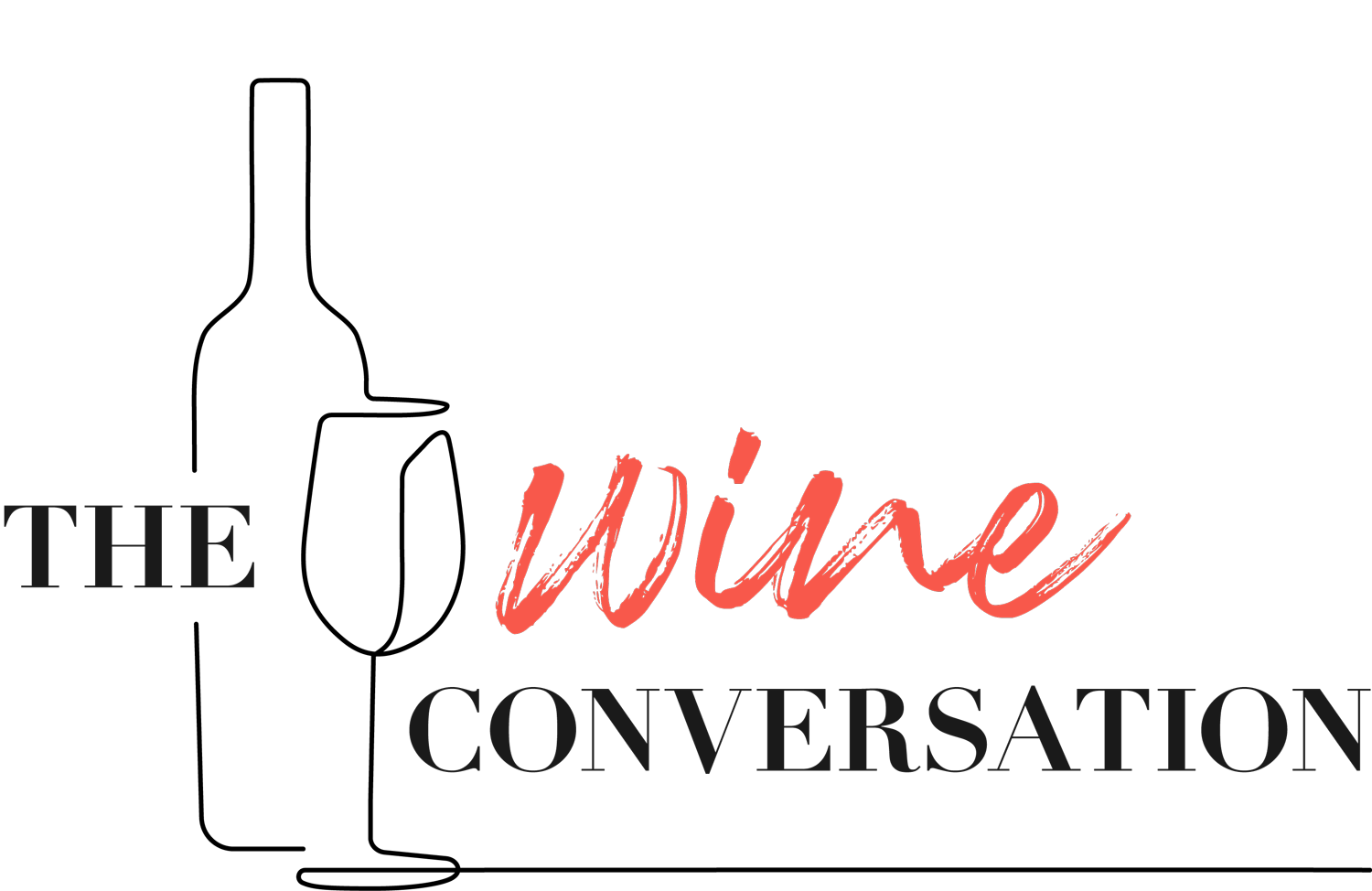





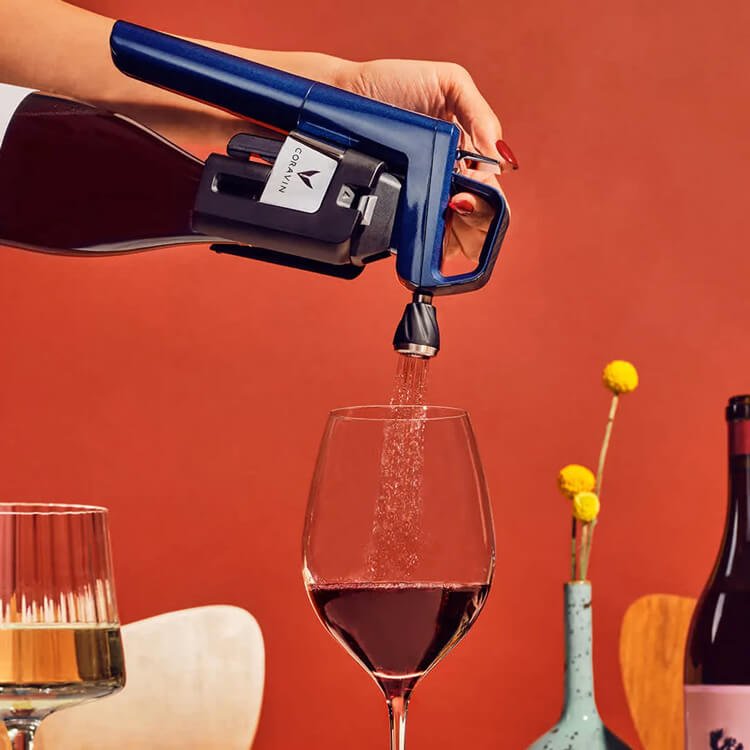
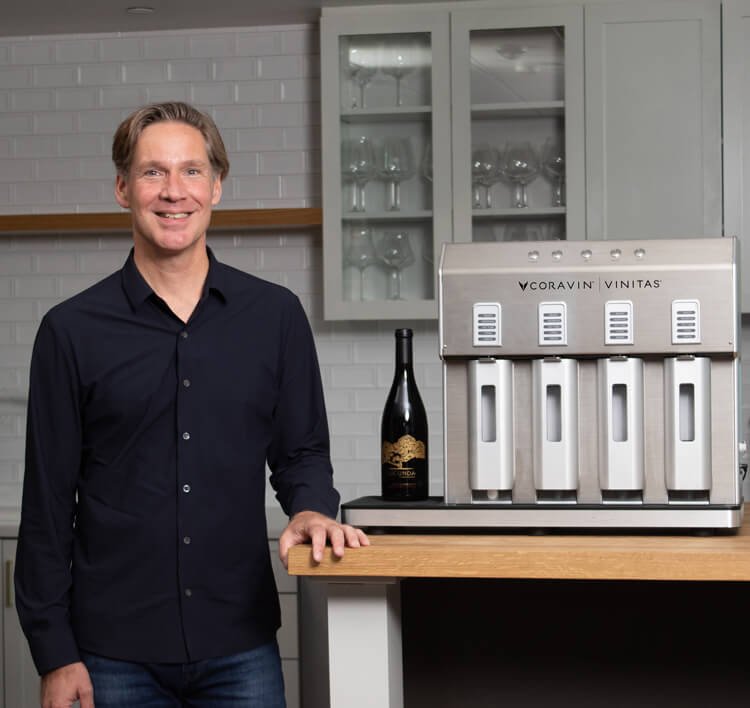
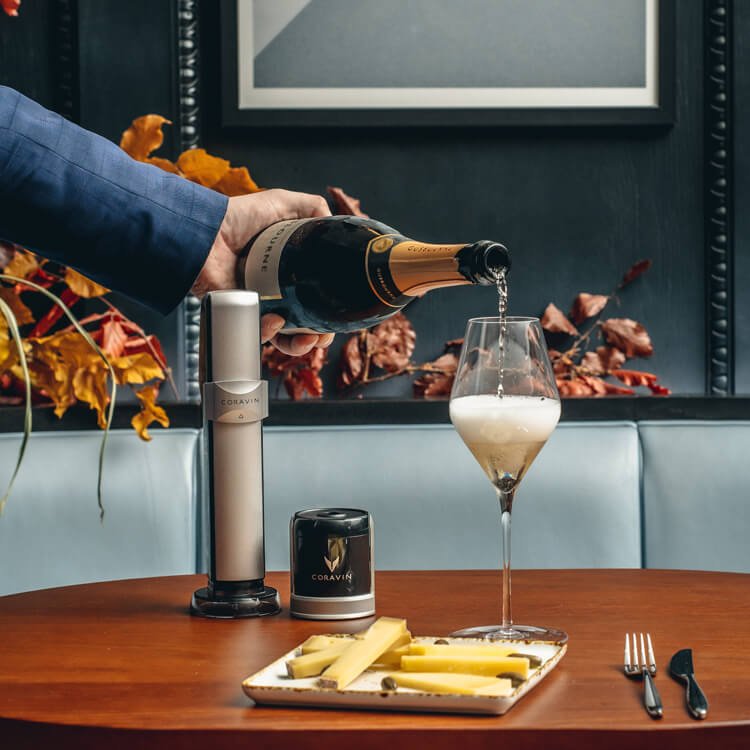
John Stimpfig talks to Axel Heinz, who caused shockwaves last year when he left Ornellaia and Masseto to head back to Bordeaux to run Château Lascombes.